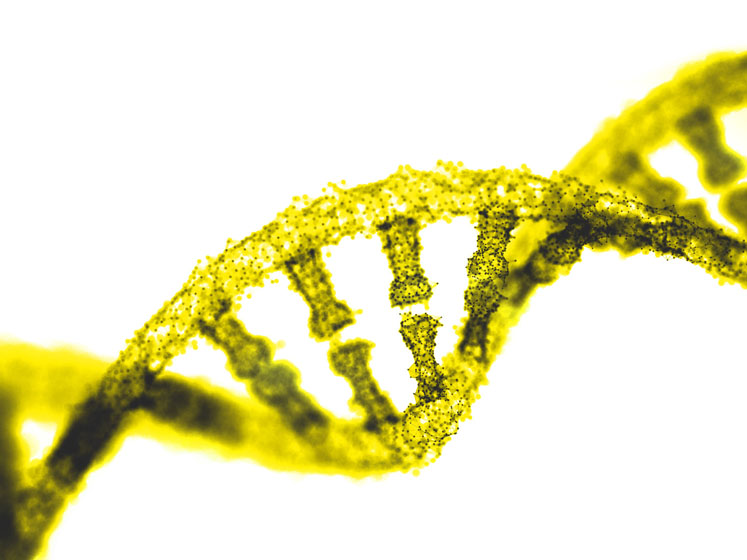From ideation to approval, vaccine development typically takes 10–15 years.1 But, in response to the SARS-CoV-2 pandemic, Moderna and Pfizer/BioNTech produced vaccines in just 11 months.
The industry was able to produce these therapies in such a short timeframe because of an unprecedented level of collaboration: regulators, research universities and biopharmaceutical companies alike combined their resources and talent to respond to the pandemic as quickly as possible with a safe and effective SARS-CoV-2 vaccine.
Academic researchers published their data on preprint servers so the world could immediately benefit from it. Regulators worked in concert with vaccine manufacturers to design clinical trials that would yield safety and efficacy data in months instead of years.
Meanwhile, in the interest of developing a novel vaccine quickly and efficiently, many developers pushed aside their pipelines and made SARS-CoV-2 their top priority.
Legacy manufacturers partnered with small start-ups to bring their vaccines to market. These innovators also took a financial risk by manufacturing their vaccines before they had completed Phase III clinical trials. Furthermore, these vaccines were based on a relatively untested vaccine platform: mRNA.
What makes mRNA vaccines stand out
Messenger RNA (mRNA) as a vaccine platform was first tested more than 30 years ago; but, besides a few Phase I and II trials, the technology was still largely untested in humans before COVID-19.2
When the biopharmaceutical industry began to understand the urgency of the pandemic, companies that had embraced mRNA technology before 2020, such as Moderna, BioNtech and Curevac, rapidly accelerated their development of the platform because of the benefits it provides.

First, mRNAs are significantly easier to produce in a laboratory than proteins or viruses, making the process easier to scale-up. Also, mRNA is a truly agnostic platform: the same underlying components can be used to develop a vaccine against any virus.
All mRNA vaccines are built the same way: manufacturers generate mRNAs that encode one of the virus’ protein antigens and insert it into a lipid nanoparticle.
These nanoparticles fuse with cells in the body and release the mRNA, which is then translated into the protein antigen. The body mounts an immune response against this antigen, providing us with immunity.
These vaccines are relatively easy to produce quickly in response to emerging threats: to create a vaccine for a novel virus, manufacturers just need to use a DNA template to produce the appropriate mRNA sequence and insert that into the lipid nanoparticles.
Emphasising flexibility: multiple approaches
Adopting mRNA platforms is one way to boost flexibility in the biopharmaceutical industry. This technology makes biopharmaceutical manufacturers nimbler by enabling them to pivot easily from one viral target to another.
Also, because mRNA is easier to produce, facilities around the world with fewer resources could potentially manufacture these vaccines locally, thereby increasing access.
Another strategy that will make vaccine manufacturers more agile is to adopt single-use technologies; these technologies can be implemented much more quickly than traditional stainless steel.
For example, conventional vaccine processes, which utilise attenuated live or killed viruses to trigger an adaptive immune response in the body, must essentially be built from scratch in a dedicated facility each time; legacy vaccine manufacturers that rely on stainless steel technology cannot repurpose their facilities.
Today, this limitation makes it difficult for such companies to address the current need for additional SARS-CoV-2 vaccines.
McKinsey predicts that the industry must produce 14 billion vaccine doses to cover the planet; and, without a strategy to become more flexible, there simply won’t be enough capacity to meet this demand.3
As the industry begins to ponder how to prepare for the next pandemic, they must think about ways to boost flexibility and ensure they’re ready to face novel threats.
Vaccine manufacturers can, however, apply single-use technologies to existing process lines to save time. In fact, single-use technologies have already changed the industry: biopharmaceutical manufacturers were not ready to face this pandemic when it started; they lacked the capacity to develop mRNA-based vaccines on a large scale.
But, existing CDMOs have been able to repurpose their facilities to manufacture mRNA-based vaccines because they had already adopted single-use technologies.
Preparing for the next pandemic
The biopharmaceutical industry still has work to do to develop and manufacture vaccines to combat the COVID-19 crisis. At the same time, that doesn’t preclude those active in the market to start preparing strategically for the next pandemic.
The COVID-19 crisis taught the industry how fast and how far a virus can spread, showing just how much work needs to be done to prepare for future outbreaks.
To prevent another COVID-19-sized pandemic, biopharmaceutical companies need to continue investing in tools, strategies and expertise that expand their capability to develop vaccines faster.
This means shoring up and expanding their vaccine pipelines. It also means continuing to invest in the flexibility required to speed up production.
Meanwhile, governments and academic institutions need to divert more resources towards expanding our knowledge of virology, epidemiology and biochemistry to generate the strategies needed to optimise our response to viral outbreaks.
This pandemic has taught us about the importance of scientific knowledge, flexibility and agility. If the biopharmaceutical industry embraces these values now, they might be successful in preventing the next one before it starts.
References
- www.historyofvaccines.org/content/articles/vaccine-development-testing-and-regulation.
- www.nature.com/articles/nrd.2017.243.
- www.mckinsey.com/industries/pharmaceuticals-and-medical-products/our-insights/on-pins-and-needles-will-covid-19-vaccines-save-the-world.
